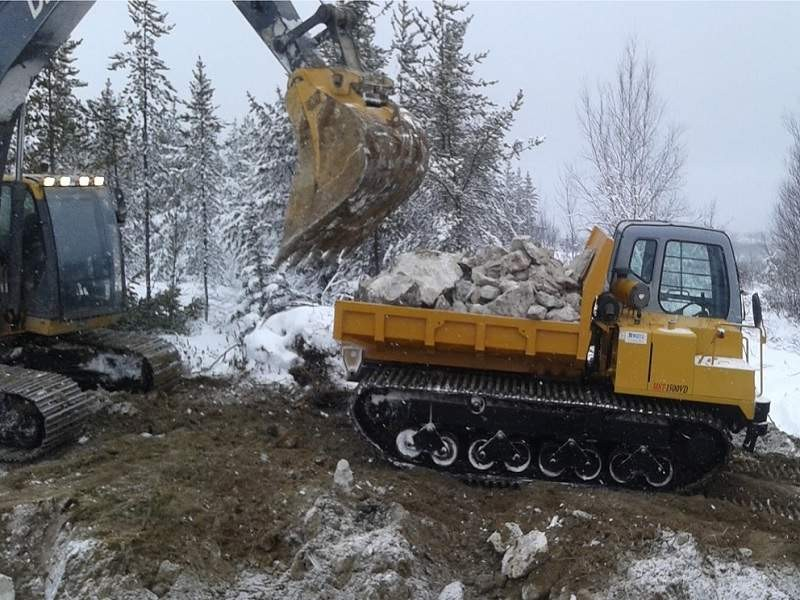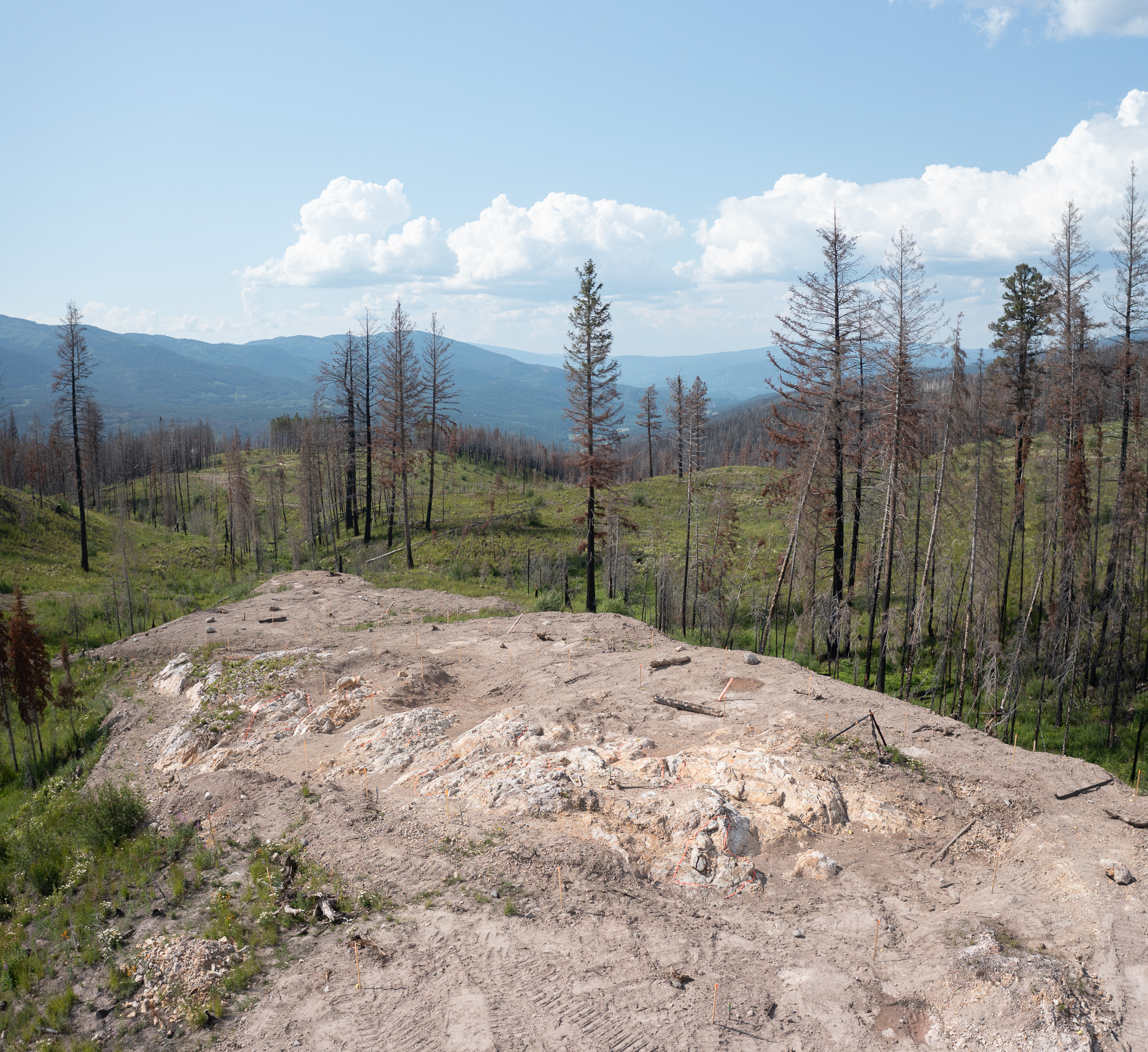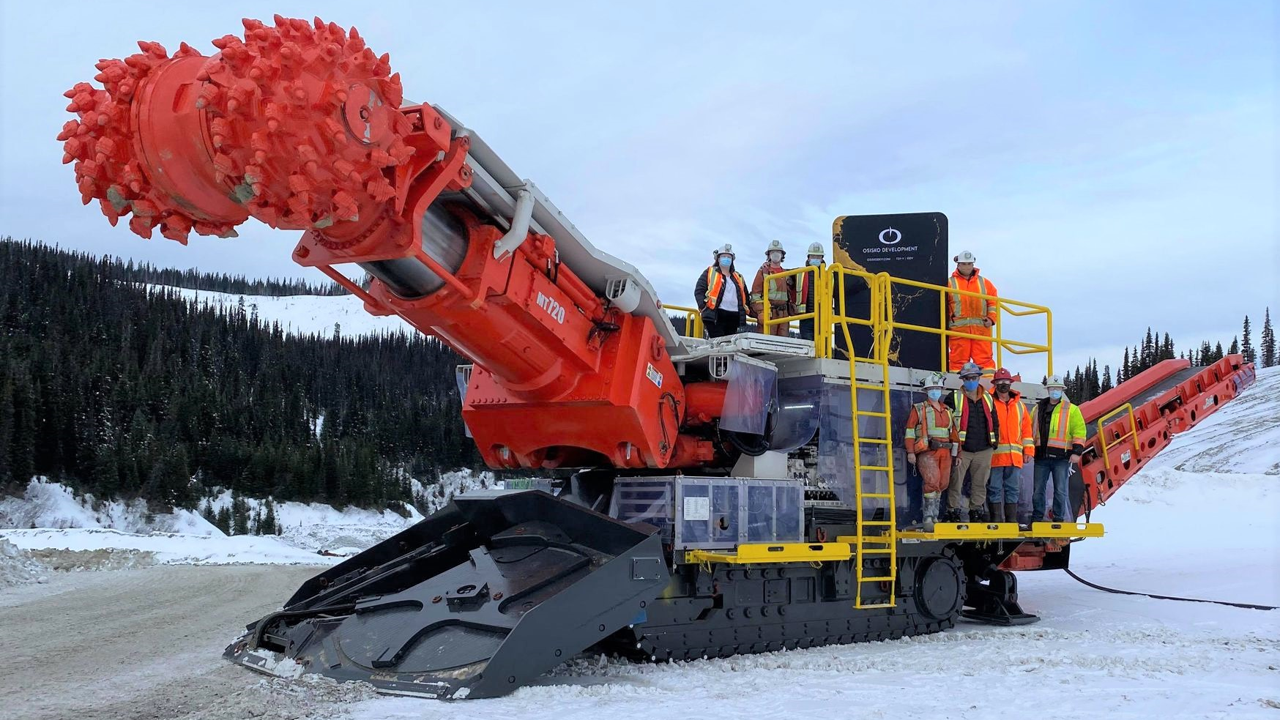What A Site!
” Dublin Gulch” isn’t an Irish pub as its name may imply, but it certainly is a spot where those looking to quench a thirst can “fill their boots,” as the saying goes. That thirst, mind you, had better be for the solid, not liquid kind of gold because that’s all the proprietors are serving these days.
From its Dublin Gulch property, located centrally about 400 km north of Whitehorse, Victoria Gold has laid claim (1,896 of them to be exact) to its Eagle Gold project; a job that many are saying is one of the more promising on the Yukon horizon.
Being blessed with about 2.7 million ounces of gold in 100 million tonnes grading 0.85 g/t is one thing, but what really sets the Eagle Gold project apart from others is its location. And, like all good real estate, location is what sells.
There’s no question about it, Victoria Gold’s Eagle Gold site in Dublin Gulch has real curb appeal.
Unlike many mineral discoveries in the Yukon, Canada, and the world for that matter, Victoria Gold’s gold is accessible by road and as an added bonus; the site is also only 20 km away from hydro electric power. And every mine operator knows what that’s worth to the bottom-line.
Aside from its relatively modern infrastructure, the Eagle Gold project also has a low waste-to-ore ratio and many other attractive metallurgical characteristics that make the deposit amenable to lower cost heap leach processing.
The Dublin Gulch stock is comprised of four phases, the most significant of which is granodiorite. Quartz diorite, quartz monzonite, leucorgranite and aplite comprise the younger phases that occur predominantly as dikes and sills and cut both the granodiorite and surrounding country rocks.
The Eagle Zone occurrence is localized at the narrowest portion of the stock, near its known western limit. The intrusivemeta-sedimentary contact is sharp but irregular and varies between steep attitudes that crosscut meta-sedimentary foliation, to shallow southwest dips parallel to foliation.
The zone is comprised of gold-bearing sub-parallel extensional veins that are composed of white or grey quartz with subordinate potassium feldspar, and strike 060 deg to 085 deg, typically dip at 60 deg to the south, and range in width from 1 mm to about 10 cm.
Vein densities range from less than one per m to more than 15 per m, and average about three to five per metre. Subordinate quantities of gold mineralization also occur in quartz veins within the adjacent metasedimentary rocks.
Drilling over the years has confirmed extensive gold mineralization throughout much of Victoria Gold’s 34,576 ha property.
Between 2006-2008, 13,057.65 m of diamond drill holes were drilled and last year the company spent a further $5 million on geothechnical drilling to define mine planning and location of waste dumps, hydro geological drilling to calculate water balance and field teams collected extensive amounts of environmental data to support proposals and permit applications.
This year, Victoria Gold expects to complete a feasibility study followed by permitting in 2011. Construction of an 8M t/y, open-pit mine, in-valley cyanide gold extraction pad, a gold recovery plant, repair shops, and accommodations and administration buildings will take place 2012-2013, with production starting in 2014.
A network of roads, both within and leading to and from an adjacent government roadway, help make Victoria Gold’s Dublin Gulch property one of the more accessible and promising sites in the Yukon.





Comments